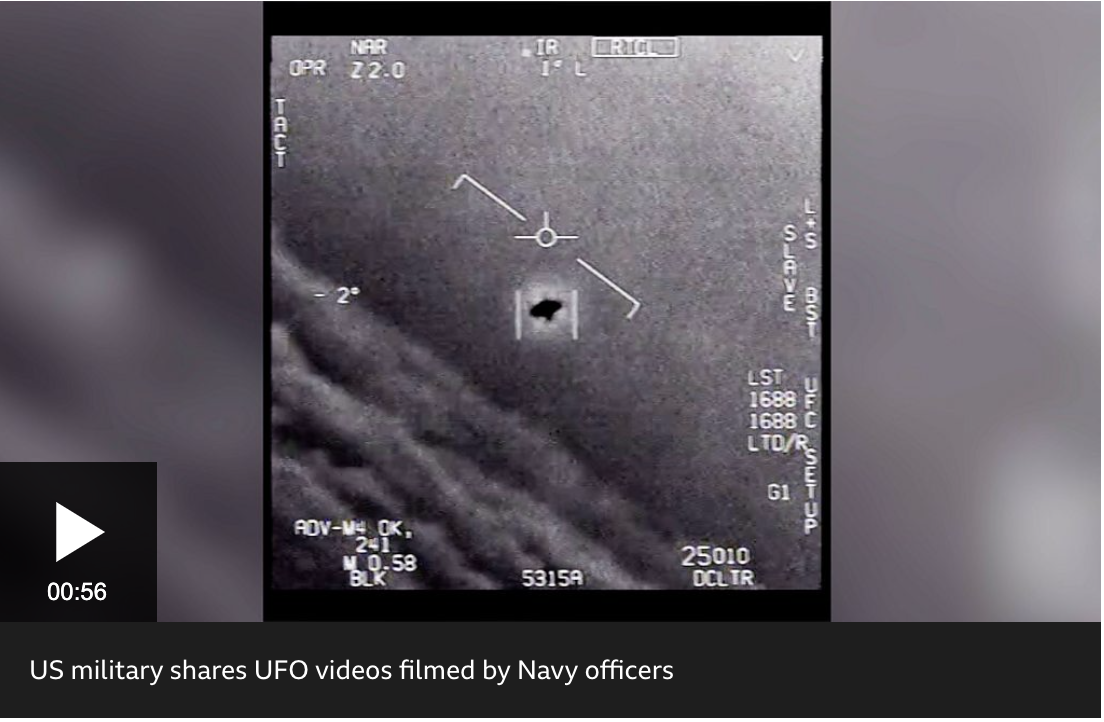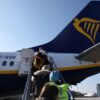
The truth is out there…
Brandon Livesay
Live reporter
We’re finishing up our live coverage of today’s hearing at Congress into UAPs.
Listening to first-hand accounts from former members of the US military and intelligence community has been compelling, but also frustrating.
The witnesses claimed to have more knowledge, but were unwilling or unable to share it in a “public setting”.
What we did hear will likely raise more questions from lawmakers, who are particularly interested in government transparency and national security.
Our writers today have been Kayla Epstein and Madeline Halpert, and the page was edited by Marianna Brady and Brandon Livesay.
Thanks for joining us.
One of the witnesses at today’s hearing – retired US Navy pilot Commander David Fravor – described how during a training exercise over the Pacific Ocean in 2004, an unidentified object was identified by radar controllers.
“The controller told us that these objects had been observed for over two weeks coming down from over 80,000 feet, rapidly descending to 20,000 feet, hanging out hours and then going straight back up,” he told hearing.
He described seeing a small white “Tic Tac” shaped object close to the ocean surface moving erratically like a “ping pong ball” that travelled more than 60 miles in less than a minute.
It isn’t the only time navy pilots have encountered a strange flying object – in 2015, US Navy fighter jets caught the erratic movements of an unidentified object on their Forward Looking Infra Red (Flir) cameras.
It appeared to rotate in mid-air, moving against the wind.
But flying at 80,000ft (24km) is no easy feat – the thin air makes it very hard for aircraft to stay aloft unless they are travelling very fast.
One plane which did operate at this dizzying height was the Lockheed SR-71 Blackbird spy plane. (Read BBC Future’s article ‘The Cold War’s ultimate spyplane’.)
The objects captured in the Flir camera footage look nothing like an SR-71. Also – the SR-71 fleet had been grounded in 1999, when the last mission for Nasa were flown.
Aircraft performing missions at such heights also wouldn’t normally descend to almost sea-level unless they were about to land.








